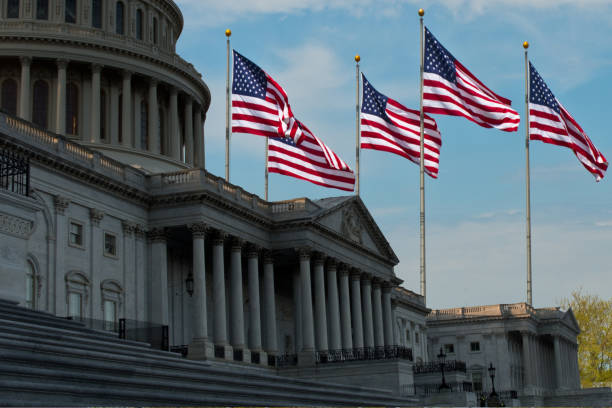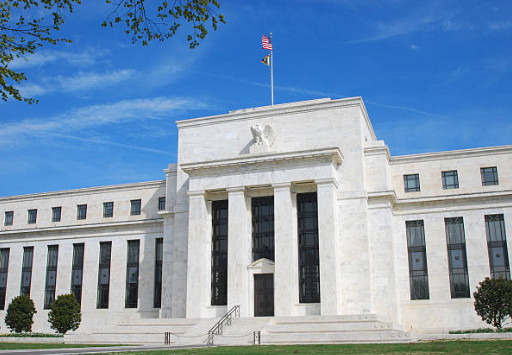RPT-COLUMN-Popping the dollar's 'anti-bubble?': Mike Dolan

By Mike Dolan
LONDON, July 16 (Reuters) - The U.S. dollar's bubble-like overvaluation may have already popped, but some wonder if an equally vulnerable "anti-bubble" may just have taken its place.
Amid the roller-coaster ride in U.S. stocks and bonds during the turbulent first half of 2025, one outcome was pretty clear and unequivocal: the dollar has had its worst start to any year in the floating exchange rate period.
Pessimism surrounding the U.S. currency's direction mounted - confounding traditional drivers such as interest rate differentials, safe haven plays or even stock and commodity correlations. And an overwhelming consensus built that there is more weakness to come.
Numerous reasons are cited for the greenback's recoil. Chief among them are U.S. policy uncertainty, the outperformance of overseas markets after years of U.S. exceptionalism - but also the barely concealed desire of President Donald Trump's administration to defuse the overvalued currency as part of a quest for "fairer" trade and re-industrialization of America.
But perhaps sentiment and positioning have become just as extreme to the downside.
Bank of America's closely watched survey of global asset managers for July spotlights it neatly.
On Tuesday, the survey showed global fund managers now view "short U.S. dollar" as the most crowded trade for the first time since the survey began asking the question over 10 years ago.
June's survey had already shown fund managers registering their most underweight position in dollars in 25 years. But this month's report also showed net overweight exposure to the euro now at the highest in more than 20 years - with the biggest cumulative six-month move toward the euro on record.
BUBBLY BEHAVIOUR
HSBC's head of currency research, Paul Mackel, reckons we may be seeing the formation of an "anti-bubble" of sorts, or extreme positioning based on excessive negativity.
While there may be good arguments for why the dollar should fall further, Mackel argues, we could also be seeing "irrational bias," where thinking doesn't change even when the facts on the ground do.
A case in point was fears surrounding the possible inclusion in Trump's fiscal bill of the controversial Section 899 on taxing foreign investors. Yet its removal failed to shift the negative dollar narrative.
"There has been a fixation with how much the dollar has fallen this year and seemingly a temptation to extrapolate such poor performance," the HSBC strategist wrote. "This is symptomatic of 'bubbly like' behavior, which does not sit comfortably with us."
Mackel also reckons the dollar's traditional relationships with interest rate markets and other assets - many of which have broken down in the chaotic and uncertain first half of the year - could reassert themselves as the fallout from the tariff war and policy picture gradually becomes clearer.
And on that score, it's curious that the dollar's .DXY rebound this month - when it's clawed back almost 2% of the year's losses in just two weeks - has come in tandem with a rise of about 25 basis points in both two- and 10-year Treasury yields and, more pointedly, a rise of more than 20 bps in the two-year Transatlantic rate gap DE2US2=RR.
An alternative view, of course, is that the scale of the dollar's fall this year is exaggerated by equally powerful positive narratives surrounding Europe's fiscal boost and a rethink of its relatively cheaper asset markets.
And if the dollar was in a bubble more broadly at the start of the year, then that overvaluation appears far from reversed. If the Trump administration truly wants to see what it claims is a "fairer" currency rate, the greenback may have some way to go.
Consider that the Federal Reserve's index of the dollar's real broad trade-weighted index rose by nearly 40% in a little over 10 years to the end of last year, levels many experts reckon are at least 10%-20% overvalued when taking into account historical trends, economic fundamentals, and balance of payments gaps.
That index had fallen back by just 6% through June.
And if the dollar's traditional relationship with interest rates does reemerge in the second half of the year, it may do so just as U.S. interest rates resume their decline and Europe's bottom out.
All bubbles eventually deflate, even if they don't always pop, and the same may well be true of "anti-bubbles." But they can also endure for quite some time.
The opinions expressed here are those of the author, a columnist for Reuters
-- Enjoying this column? Check out Reuters Open Interest (ROI), your essential new source for global financial commentary. Follow ROI on LinkedIn. Plus, sign up for my weekday newsletter, Morning Bid U.S.





